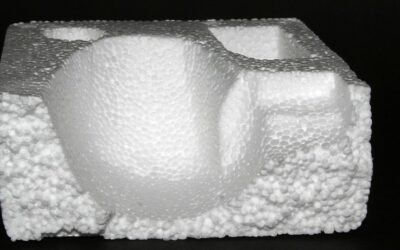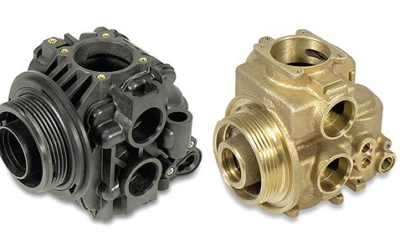Most plastics have a chemical history that makes starting a new life challenging. The dyes and flame retardants that make them perfect, for example a sofa cushion or detergent bottle, make them difficult to transform into a desirable end product, one of the reasons why only 10% of the plastic in the United States is recycled. Now, researchers have created a plastic with a special chemical bond that helps it separate from those additives, turning it back into a pure and valuable product that can be reused over and over again.
To make the new material, the researchers modified a type of vitrimer, a glass-like plastic developed in 2011, by adding molecules that change the chemical bonds that hold it together. These new bonds, called diketoenamine covalent dynamic bonds, require less energy to break than those of traditional plastics.
As a result, the new plastic can be broken down into its constituent parts with just a solution of water and a strong acid at room temperature, the researchers report in Nature Chemistry. The process also does not require a catalyst to trigger the reaction, making it easy to collect high-quality recycled plastic from the resulting slurry. But plastic isn’t at risk of falling apart sooner than expected: Researchers say the powerful acid required to break it down isn’t something most users can find.
Traditional recycling methods produce dirty gray granules (known as nurdles) that few manufacturers want to use, but this chemical recycling process creates plastic on par with the new material. Also, the new method does not require additional classification. To demonstrate this, the team mixed their material with fragments of CD cases, plastic straws and similar debris. Even in the presence of these other plastics, the molecules of the new material separated.
The next big question is whether manufacturers will use it and recycling plants will accept it. Because the by-products of new plastic are more valuable, and because recycling plants probably wouldn’t need a total overhaul to process them, this sustainable plastic could one day change the global economy of plastics recycling.




